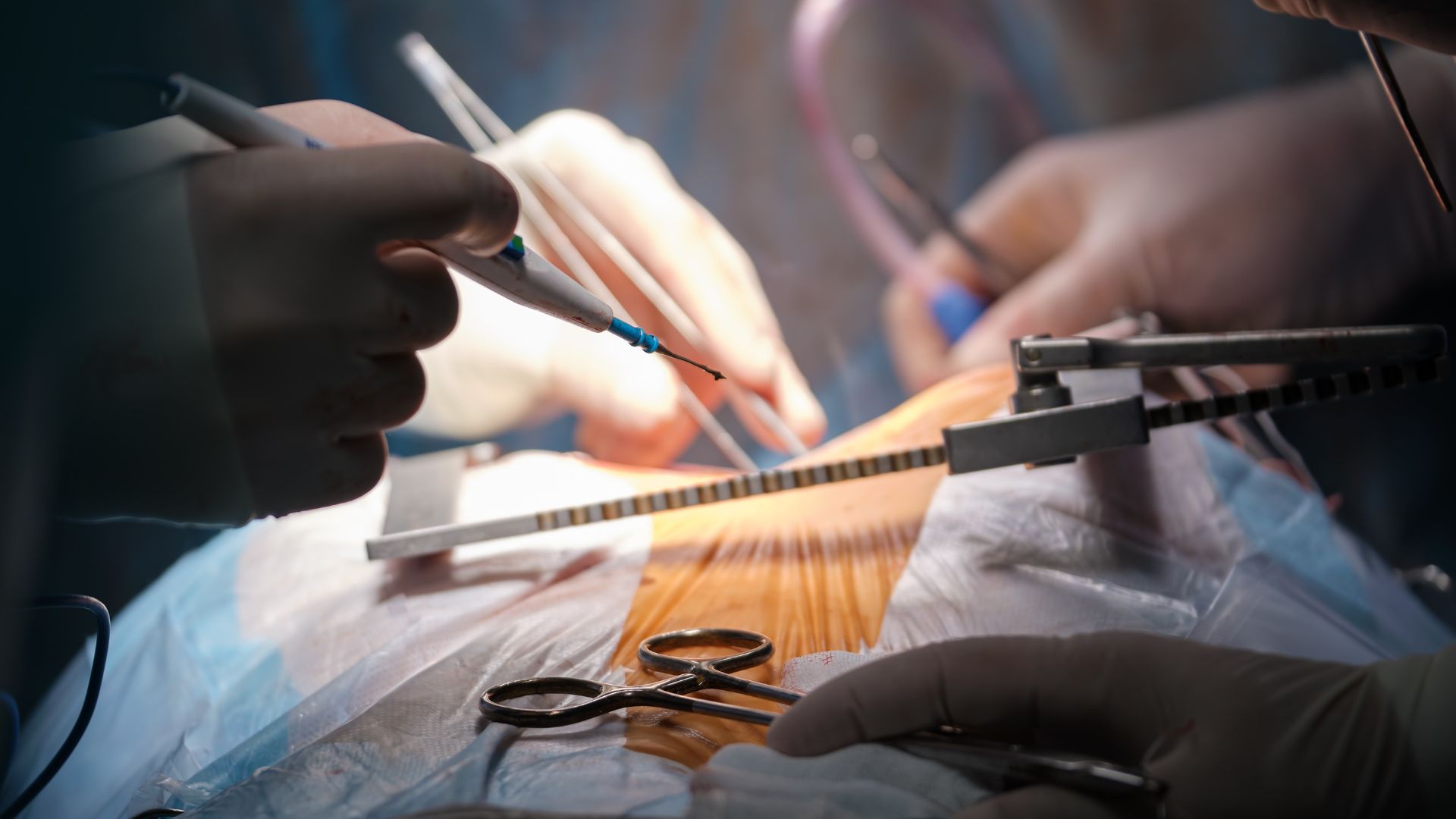
Undergoing surgery can be a daunting experience, but what’s equally concerning is the risk of developing an infected surgical incision. While surgical procedures are meticulously performed to minimize such risks, infections can still occur. Recognizing the signs of an infected surgical incision is crucial for prompt treatment and prevention of complications. Let us delve into the indicators of a surgical site infection (SSI) and explore how to identify them.
Understanding Surgical Site Infections
A surgical site infection (SSI) occurs when bacteria or other pathogens contaminate the area where the surgery took place. These infections can range from mild to severe and may affect superficial or deep tissues. SSIs are one of the most common types of healthcare-associated infections, affecting approximately 1-3% of patients who undergo surgical procedures.
Types of Surgical Site Infections
Surgical site infections can manifest in various forms, depending on the depth of the infection and the type of microorganism involved. Superficial SSIs affect the skin and subcutaneous tissue, while deep SSIs extend to deeper tissues, such as muscles and organs. Organ/space SSIs involve any part of the body, excluding the incision site itself. (MedlinePlus)
Causes of Surgical Site Infections
Surgical site infections stem from bacterial infiltration into wounds and underlying tissues, primarily by Staphylococcus, Streptococcus, and Pseudomonas. Contamination can occur during or after surgery due to inadequate sterilization or contact with unclean hands or objects. Risk varies based on wound classification: clean, clean-contaminated, contaminated, and dirty, with increasing risk associated with internal organ involvement and fluid spillage. (Jennifer Whitlock, 2023)
Recognizing the Signs of Infection
Identifying the signs and symptoms of an infected surgical incision is essential for timely intervention. The following indicators may suggest the presence of an infection:
- Redness and Swelling: A surgical site that appears increasingly red, swollen, or warm to the touch may indicate inflammation caused by an infection. This occurs as the body’s immune response attempts to fight off the invading pathogens.
- Pain or Tenderness: Persistent or worsening pain at the surgical site, especially if accompanied by tenderness or soreness, could be a sign of infection. Discomfort that does not improve with pain medication warrants attention from healthcare providers.
- Fever: An elevated body temperature, often above 100.4°F (38°C), is a common sign of infection. Fever indicates that the body is responding to an underlying infection, prompting an immune reaction to combat the invading pathogens.
- Drainage or Pus: Fluid drainage from the surgical site, particularly if it is cloudy, yellow, or foul-smelling, may indicate the presence of pus—a hallmark sign of infection. Pus consists of dead white blood cells, bacteria, and tissue debris and signifies an active inflammatory response.
- Delayed Healing: A surgical incision that fails to heal within the expected timeframe or shows signs of regression (e.g., reopening, widening) suggests a potential infection. Impaired wound healing can result from bacterial colonization and disruption of the normal healing process.
- Systemic Symptoms: In severe cases, systemic symptoms such as chills, fatigue, and malaise may accompany a surgical site infection. These systemic signs indicate that the infection has spread beyond the incision site and may require urgent medical attention. (Johns Hopkins Medicine, 2019)
Taking Action
If you suspect that your surgical incision is infected, it’s crucial to seek medical assistance promptly. Delayed treatment can lead to complications and prolong recovery time. Here are some steps you can take:
- Contact Your Healthcare Provider: Notify your surgeon or healthcare provider immediately if you experience any signs or symptoms of a surgical site infection. They will assess your condition, possibly conduct diagnostic tests, and recommend appropriate treatment.
- Follow Care Instructions: Adhere to post-operative care instructions provided by your healthcare team, including wound care protocols and medication regimens. Proper wound care can help prevent infections and promote healing.
- Avoid Self-Treatment: Refrain from attempting to treat a suspected infection on your own, as improper management can exacerbate the problem. Your healthcare provider will determine the most suitable course of action based on your circumstances.
- Practice Good Hygiene: Maintain good hygiene practices, such as washing your hands regularly and keeping the surgical site clean and dry. Avoid touching the incision with dirty hands or objects to prevent contamination.
- Attend Follow-Up Appointments: Attend scheduled follow-up appointments with your healthcare provider to monitor the progress of your wound healing and address any concerns or complications promptly.
Recognizing the signs of an infected surgical incision is crucial for early detection and intervention. By familiarizing yourself with the symptoms outlined here and seeking prompt medical attention when necessary, you can reduce the risk of complications and promote optimal healing. Remember, your healthcare provider is your ally in ensuring a safe and successful recovery journey.
Works Cited
MedlinePlus. “Surgical Wound Infection – Treatment: Medlineplus Medical Encyclopedia.” MedlinePlus, U.S. National Library of Medicine, medlineplus.gov/ency/article/007645.html.
Jennifer Whitlock, RN. “Signs of an Infection after Surgery.” Verywell Health, 15 Apr. 2023, www.verywellhealth.com/signs-and-symptoms-of-an-infection-3156917.
Johns Hopkins Medicine. “Surgical Site Infections.” Johns Hopkins Medicine, 22 Nov. 2019, www.hopkinsmedicine.org/health/conditions-and-diseases/surgical-site-infections.
